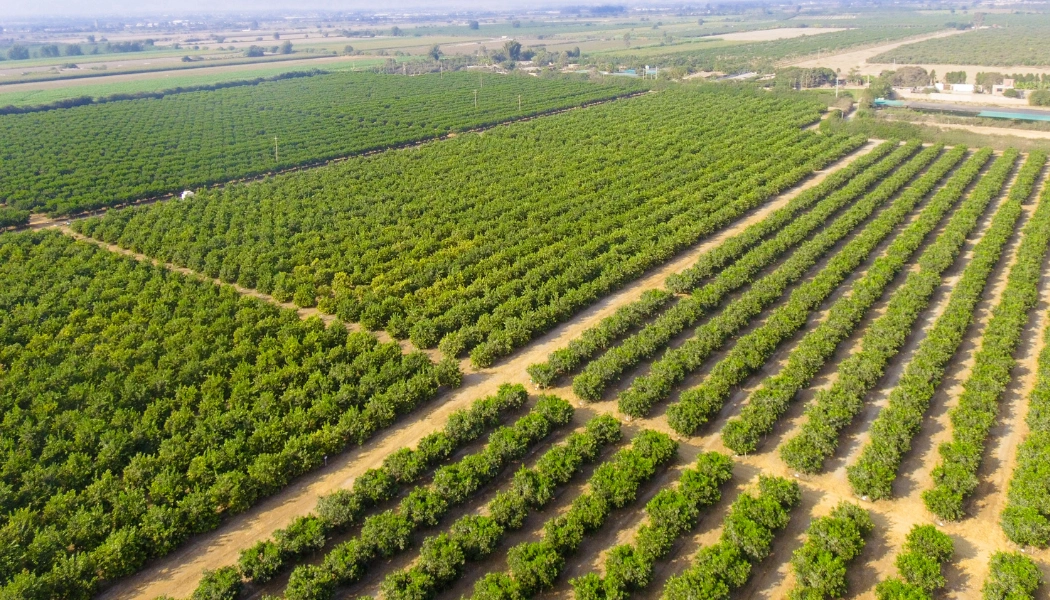Why Automated Grading Is No Longer Optional for Raw Produce Processors
Your line feels like it’s moving at 2,000 pounds per hour, and three of your most experienced graders called in sick. The summer crew you hired last week is still learning the difference between a #1 and #2 grade. Meanwhile, your largest customer rejected product because it didn’t meet their quality specs. Sound familiar? For … Read more









